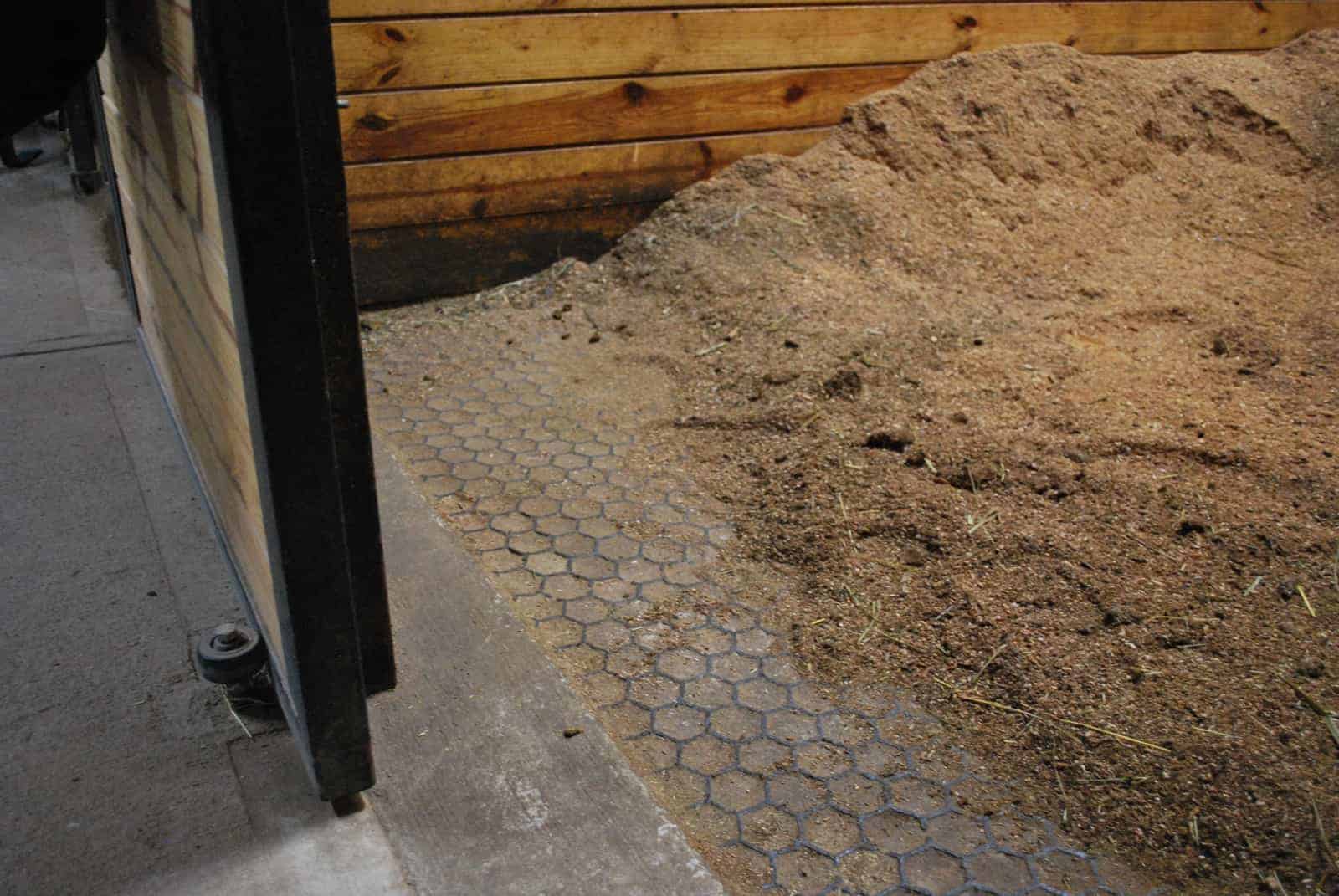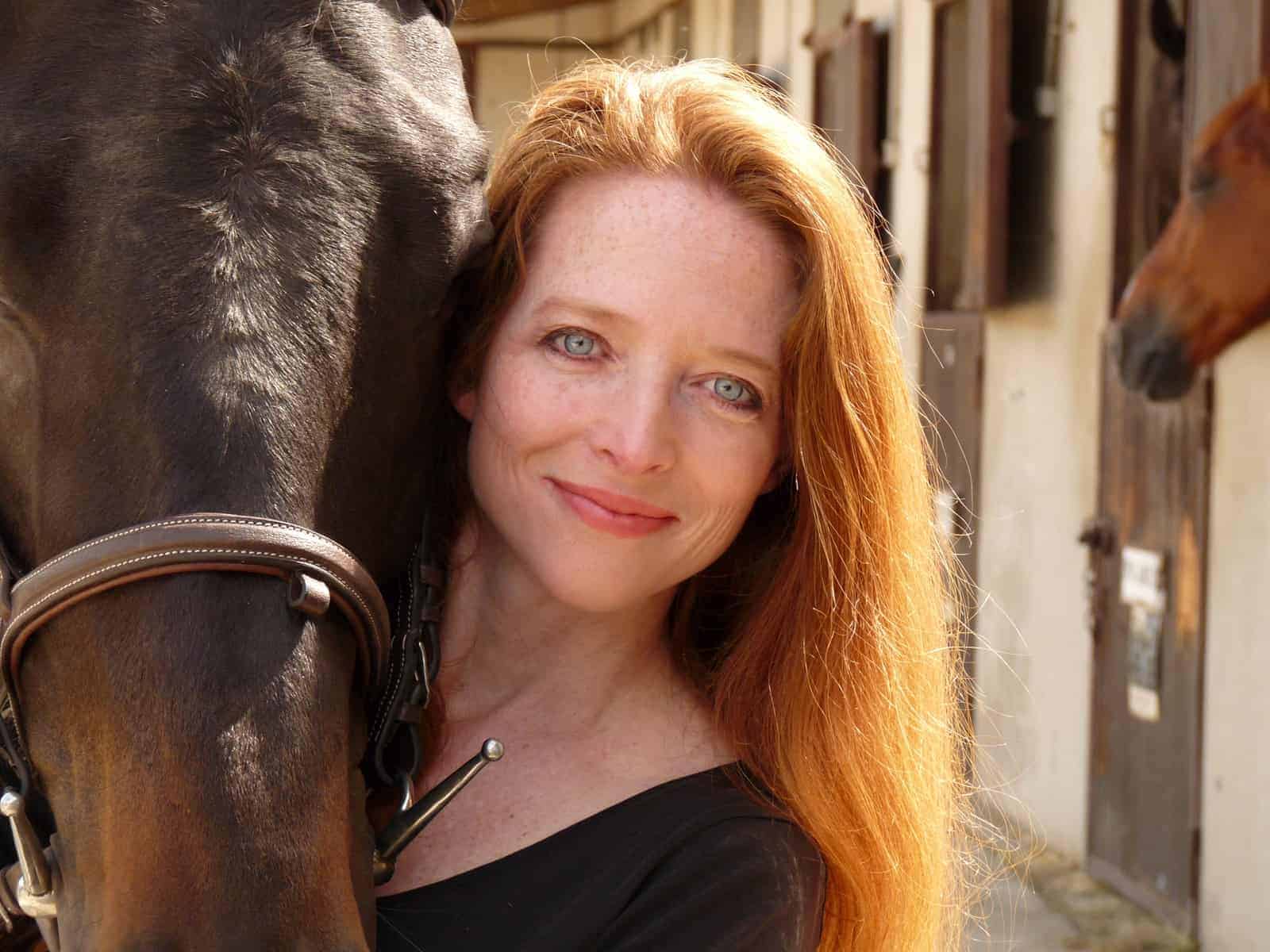Which Horse Bedding Harbors the Least Bacteria?

When it comes to your horse’s bedding, does “bacteria” come to mind? Bedding that also serves as a toilet can bring all kinds of health risks—including bacterial infections. That’s why researchers have been investigating which bedding materials best prevent harmful bacterial growth. The winner? Pine wood shavings.
Wood shavings from two kinds of pine trees showed significantly less bacterial growth, when exposed to bacteria in a lab setting, than spruce shavings, hemp, and straw. They were also three times more absorbent than hemp and straw, said Kelly Yarnell, PhD, researcher at Nottingham Trent University, in Nottingham, U.K.
While these results probably vary some in an actual stall compared to a laboratory, they still give researchers a good indication of bacterial growth trends in bedding, she said. And that can help owners make good bedding decisions to curb infections before they happen.
“Prevention is the key word,” Yarnell said. “We appreciate that practical issues such as cost and disposal are of key importance when selecting a bedding, but if horse owners can prevent or reduce the risk of disease, then overall biosecurity will be improved.”
In their study, Yarnell and her fellow researchers investigated how Streptococcus equi (strangles), Streptococcus zooepidemicus (inflammatory airway disease, uterine infections), Fusobacterium necrophorum (thrush), Dichelobacter nodosus (hoof rot/thrush), and Dermatophilus congolensis (mud fever) evolved in common horse beddings including:
- Scots pine shavings;
- Corsican pine shavings;
- Sitka spruce shavings;
- Hemp; and
- Chopped wheat straw.
They also measured absorbency, based on how many hours each bedding retained horse urine. Horse urine contains significant levels of nitrogen, which contributes to bacterial growth.
“Bedding that’s more absorbent is bedding that removes urine more effectively, resulting in a less-than-ideal environment for bacterial growth,” Yarnell said. “So the reduced bacterial growth could be due to a combination of antimicrobial properties of the wood as well as physical characteristics of the shavings-based bedding.”
Yarnell said they found that pine and spruce bedding reduced these bacteria’s growth rates. And pine bedding presented with the lowest level of bacterial growth for each strain tested.
“Based on the findings of this study, we would suggest that shavings from the pine species are better at inhibiting bacterial growth and may be a suitable choice for both horse owners and equine hospitals,” Yarnell said.
Even so, the researchers acknowledge that bacterial growth is only one of many factors to consider in selecting bedding, she said. But ideally, their studies can help scientists develop an “ultimate” bedding that’s bio-safe, easy to clean, environmentally friendly, and appealing to horses.
“We do appreciate that horses often have a particular preference for a certain type of bedding, which is why the next stage of the study is working to isolate the chemicals responsible for antimicrobial action,” Yarnell said. “That way, we could extract and potentially add these chemicals to bedding types that are more sustainable than chopping down trees for animal bedding, or which are the preferred choice of horses.”
The study, “Reducing exposure to pathogens in the horse: a preliminary study into the survival of bacteria on a range of equine bedding types,” was published in the Journal of Applied Microbiology.

Written by:
Christa Lesté-Lasserre, MA
Related Articles
Stay on top of the most recent Horse Health news with











